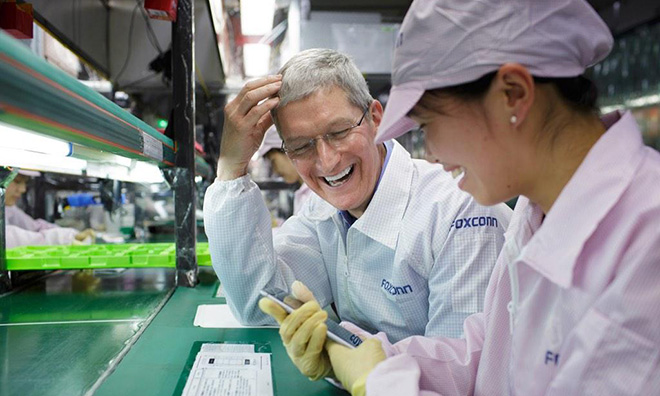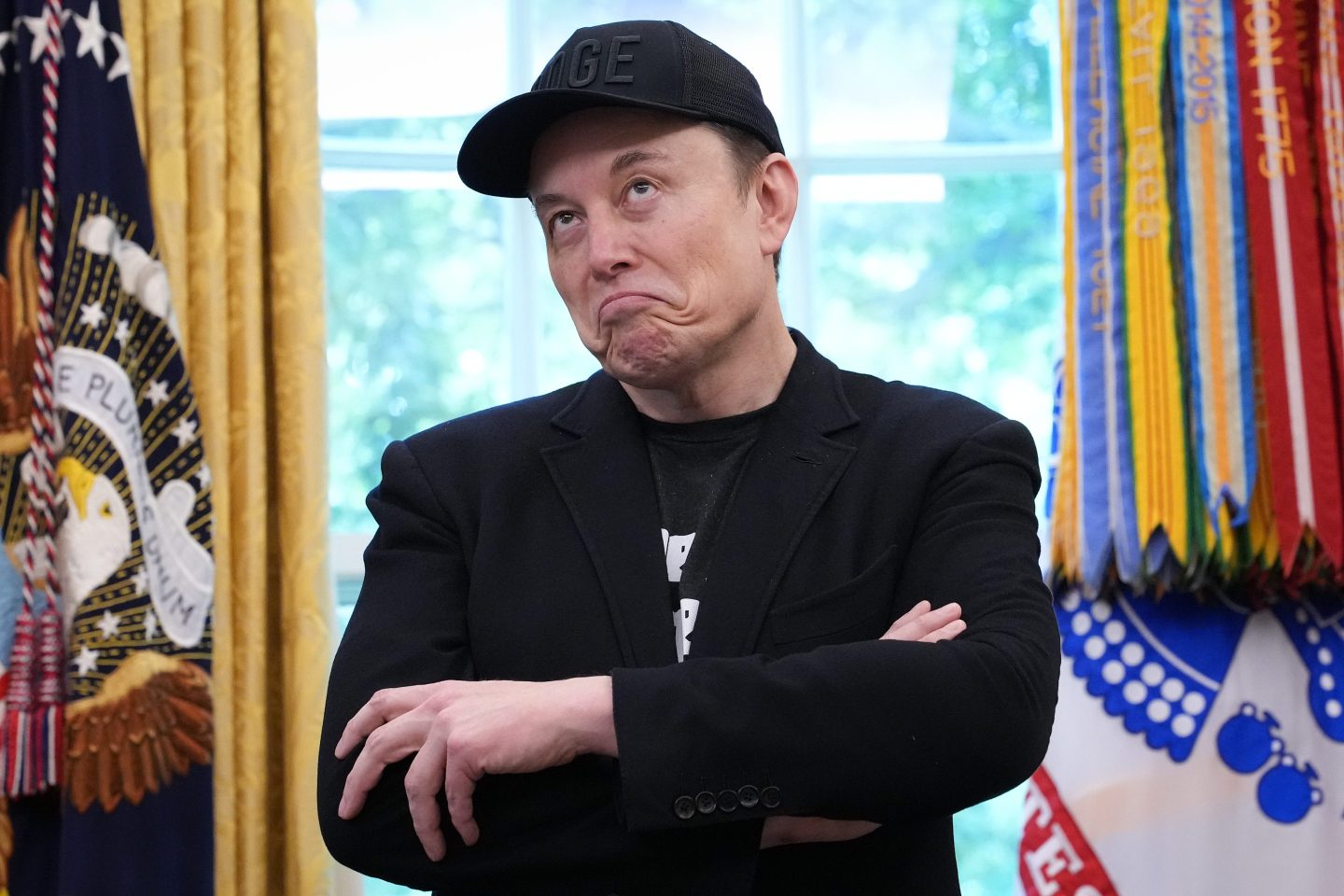At the end of a four-day China tour that included a frank talk with a Vice Premier about online security, a pledge to triple the number of Chinese Apple Stores and a visit to a Foxconn factory assembling iPhones as fast as it can, Tim Cook told China’s official state news agency Friday that No. 1 on his Chinese to-do list was to bring Apple Pay to China.
Apple’s swipe-and-pay system arrived in the U.S. on Monday to some pretty good buzz, most of it positive (see Mossberg et al. at Re/code) with caveats (see Molly Wood in the New York Times).
But it hasn’t arrived in China. The feature was deactivated on the new iPhones that went on sale there last week, and according to a report in Caixin Online, it may not be turned on before March.
What’s the hang-up?
As Caixin’s Li Xiaoxiao and Zhang Yuzhe tell it, four stakeholders are “tangled in a fray” over how best to provide electronic payment services in China:
- UnionPay, the state-owned bankcard giant and a long-time backer of near-field communications (NFC) technology.
- Alibaba, the Chinese e-commerce giant. It went the simpler, more hackable QR code route.
- China Mobile and the other big cellphone carriers. They sell SIMs with a built-in secure element (SE).
- Samsung, HTC, Huawei, Lenovo and other smartphone manufacturers. They try to control the secure element at the handset level.
.
“Whoever controls the SE controls the data stored on it and the capital sitting in the corresponding accounts,” said Shenyin & Wanguo in a research report cited by Caixin.
Enter Apple, with its own secure element, an encrypted token exchange system, a proprietary fingerprint recognition chip — and a rocky history with the government controlled media (see here and here).
Caixin’s Li reported in September that UnionPay had agreed to accept ApplePay. It must not have been that simple, because it hasn’t happened yet.
We want to bring Apple Pay to China,” Tim Cook told the Xinhua News Agency Friday. “Everything we do, we are going to work it here. Apple Pay is on the top of the list.”
Follow Philip Elmer-DeWitt on Twitter at @philiped. Read his Apple (AAPL) coverage at fortune.com/ped or subscribe via his RSS feed.












